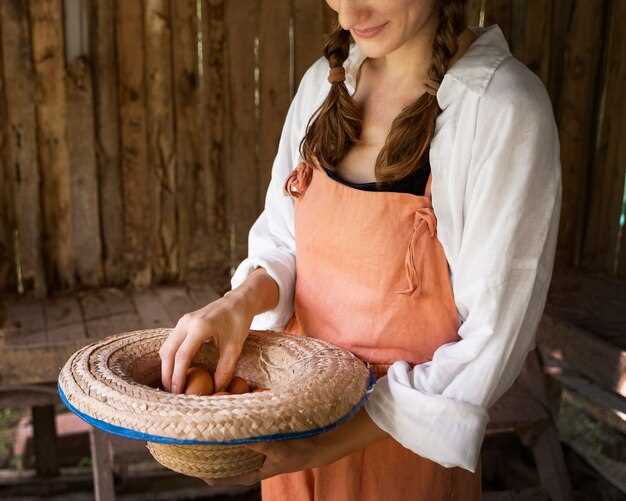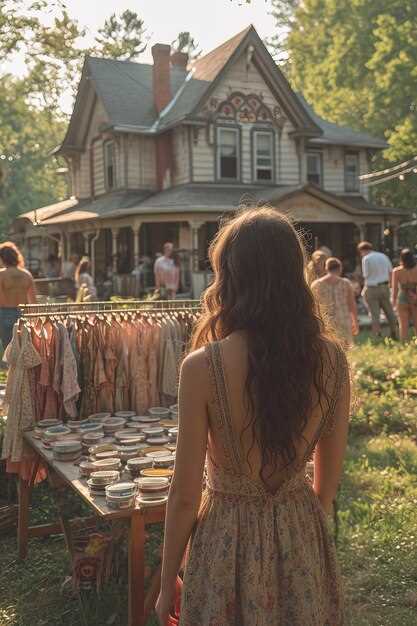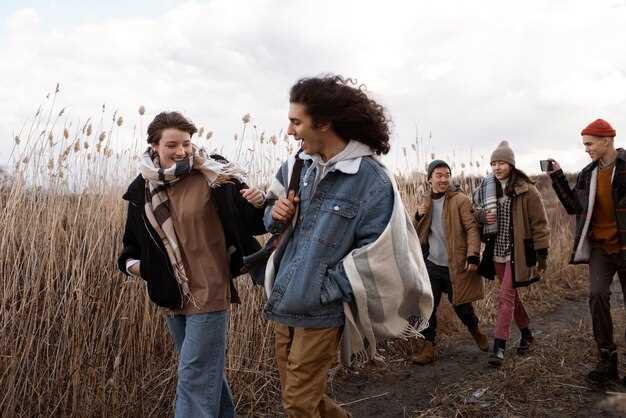To immerse yourself in the enchanting world of medieval reenactments, begin with procuring the basics: a tunic, a pair of trousers, and simple leather shoes. A well-crafted tunic, preferably of natural fibers like linen or cotton, forms the foundation of your attire. Choose earth tones or muted colors reflecting those available in the medieval period to achieve authenticity.
Adding the right accessories enhances your outfit’s historical accuracy. A leather belt not only serves a practical purpose but also adds character to your ensemble. Consider a pouch or a small bag to carry personal items, carefully crafted from materials and designs relevant to the chosen era.
When selecting medieval costumes, remember that layers are key. Adding a cloak made from wool not only keeps you warm during chilly evenings but also elevates your overall appearance. Look for simple clasps or ties that mimic fasteners used in the past to avoid anachronisms.
For women, incorporating a long skirt or gown with a fitted bodice can transport you back in time. Opt for additional layers like an apron or a headscarf to enhance the authenticity of your costume. Ensure each piece contributes to your portrayal without overshadowing the ensemble’s cohesion.
Lastly, don’t overlook the importance of headgear. A simple coif or hood shields you from the elements while adding another layer of historical detail. Whether you choose a humble cap or an elegant veil, headwear completes your look, reinforcing the overarching theme of your attire.
Getting Started with Medieval Costumes
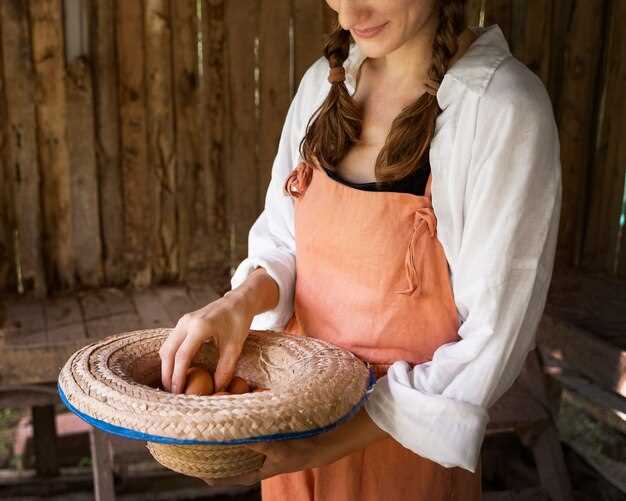
Research the specific time period you want to portray to achieve authenticity in your medieval costume. Whether focusing on the early, high, or late Middle Ages, examine paintings, sculptures, and historical texts to guide your choices.
Choose natural fabrics like wool, linen, and cotton, as they closely resemble the materials available during medieval times. These fabrics not only provide authenticity but also ensure comfort for extended wear. Consider hand-dyeing your fabrics with natural dyes such as madder, weld, or woad for added historical accuracy and personal satisfaction.
When assembling your costume, focus on layered clothing. A typical outfit would consist of a tunic or gown, a pair of breeches or stockings, and a surcoat or cloak. Remember, layers were key to handling varying medieval climates and served as an easy way to display social status.
Invest in sturdy footwear that mimics medieval styles. Consider leather shoes or boots with simple designs and avoid synthetic materials. Quality footwear not only enhances your costume’s authenticity but also provides necessary support during all-day events.
Accessorize with care. Leather belts, pouches, and historically accurate headwear like hoods or veils will elevate your costume. Include modest embroidery or minimal metal accessories if your portrayal is of a higher social class. Avoid overly ornate pieces unless they historically match your chosen period and status.
Connect with local reenactment groups or online medieval forums. These communities offer valuable advice, tutorials, and an opportunity to exchange costume elements. Engaging with others provides practical insights that enhance your practice and support your costume endeavors.
Getting Started with Medieval Costumes: Clothing and Supplies
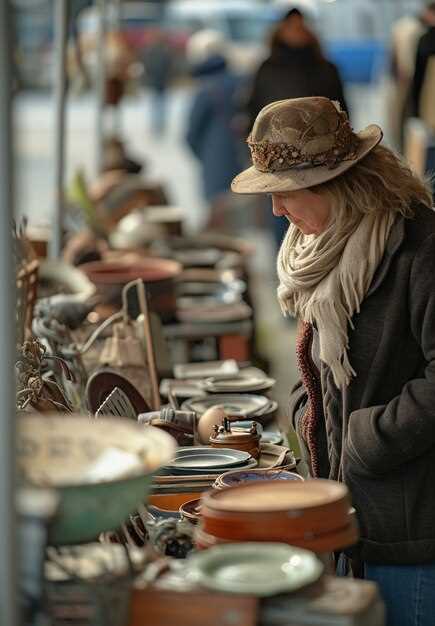
Begin your medieval costume adventure by selecting the right fabric. Opt for natural materials like linen, wool, and cotton, which were commonly used during the medieval period. These fabrics not only provide authenticity but also ensure comfort. Avoid modern synthetic fabrics to maintain historical accuracy.
Focus on the basic layers, starting with a tunic or gown as your base piece. Men typically wore tunics, often ankle-length, while women donned long gowns or dresses. Both should have simple, clean lines without excessive embellishments for a more authentic appearance. Add a surcoat or a cloak to your ensemble for additional layering and warmth.
Select headgear to complete your look. Women might choose a wimple or veil, while men could opt for a hat or hood. These accessories are not just for style; they reflect social status and regional differences, adding depth to your character portrayal.
Footwear is another key component. Leather shoes or boots with simple laces were standard in the medieval period. Steer clear of modern closures like zippers or Velcro to maintain historical integrity. Consider handmade options for added authenticity.
For additional accessories, include belts, pouches, and weapons suitable for your character’s role. Belts made from leather or simple woven materials add an extra layer of detail. Pouches carried personal items and can add utility as well as authenticity to your attire.
If you plan to enhance your costume with armor, choose materials like leather or chainmail. Metal armor pieces should closely mimic historical designs. Keep mobility in mind to ensure ease of movement.
Visit reenactment supply stores or online medieval marketplaces for authentic materials and accessories. Engage with historical forums and groups for advice and inspiration. Learning from seasoned reenactors can provide practical tips and enrich your costume-building experience.
Basic Clothing Items for Medieval Reenactment
Invest in a simple tunic as the bread and butter of any medieval wardrobe. Select natural materials like linen or wool, as these fabrics breathe well and resemble authentic medieval textiles. Choose earthy tones or subtle patterns relevant to the era you wish to represent.
The next layer involves well-fitted trousers or hose. Hose made from wool can be paired with garters to ensure they stay securely in place. For an accurate look, consider braies, loose-fitting undergarments historically worn beneath hose.
Add a surcoat or tabard for an outer layer that complements your tunic. Ensure this garment doesn’t restrict movement and matches your chosen time period geographically and socially. Embroidery or simple heraldry can add a personal touch.
Round off your ensemble with appropriate footwear. Leather boots or turnshoes crafted in traditional styles will withstand outdoor events and complete your authentic presentation. Look for shoes with leather soles to maintain historical accuracy.
| Item | Material | Features |
|---|---|---|
| Tunic | Linen/Wool | Breathable, Earthy Tones |
| Hose | Wool | Fitted, Secured with Garters |
| Surcoat/Tabard | Varied | Loose, Era Appropriate |
| Footwear | Leather | Durable, Leather Sole |
Accessorize thoughtfully with belts, hoods or hats, and simple bags to complete your look. Research your specific period to ensure every detail aligns with historical records. Blend comfort with authenticity to enjoy the reenactment experience fully.
Selecting the Right Fabric for Authenticity
Choose natural fibers like wool, linen, and silk to achieve authentically medieval garments. Wool, highly practical due to its warmth, was the staple fabric for tunics, cloaks, and outer garments. Linen, lighter and breathable, works excellently for undergarments and summer wear.
For garments worn by nobility, silk provides both the look and feel of luxury, though it was rare and expensive. Use it for detailing or accent pieces rather than entire garments for an authentic touch. Avoid synthetics, as they can detract from the appearance and feel you’re aiming for.
To discern which fabric best suits your costume, consult historical sources or fabric guides. A helpful comparison can be drawn from the following table:
| Fabric | Characteristics | Common Uses |
|---|---|---|
| Wool | Warm, durable, water-resistant | Tunics, cloaks, capes |
| Linen | Breathable, lightweight, strong | Shirts, undergarments, summer attire |
| Silk | Smooth, lustrous, luxurious | Dress accents, noble attire |
Consider natural dyes to enhance authenticity. Colors like muted greens, blues, and browns can add to the period charm. Working with these textiles not only achieves the look of the time but also offers a tactile experience similar to what medieval societies would have enjoyed.
Understanding Different Garments: Tunics, Kirtles, and More
Focus on selecting a tunic with natural fibers like linen or wool for an authentic touch. These materials breathe well and are comfortable for extended wear. Tunics serve as the base layer in medieval attire, and a well-crafted one can make all the difference.
Consider adding a kirtle, especially if you’re aiming for a historically accurate portrayal. This garment typically goes over the tunic and has a fitted design, enhancing the overall look. Choose a kirtle in colors like earthy tones or muted shades to align with historical contexts.
- Hose and Breeches: Opt for woolen hose to pair with your tunic, ensuring a snug fit. Wool provides warmth and durability, ideal for different seasons. Breeches should fit comfortably and be made from materials like linen or wool for seamless integration.
- Accessories: Don’t forget a belt made of leather, which can be both functional and decorative. Include a pouch for carrying small items, completing the ensemble.
- Overgarments: A cloak or mantle made from wool can offer warmth and style. Choose a brooch to fasten this outer layer, adding a touch of elegance to your outfit.
These selections are not only about creating a visually appealing ensemble but also about experiencing a piece of history through clothing. Opt for garments based on specific historical periods or regions to further deepen your connection with the past.
Choosing Shoes and Footwear for Historical Accuracy
Selecting the right footwear for an authentic medieval costume extends beyond appearance; it demands an understanding of historical context. Focus on materials, construction, and design common in the period to achieve accuracy.
- Leather is a primary material. Opt for shoes crafted from natural, undyed leather for a look consistent with medieval styles.
- For men, ankle boots known as “turn shoes” are appropriate, featuring a single-piece leather sole turned inside out. Women can choose leather slippers with a soft sole.
- Seek out toggle fastenings or laces instead of buckles, as metal trims were rare in early medieval footwear.
- Consider the toe shape. Rounded or pointed toe boxes varied by century, with pointed styles popular in the late medieval period.
- Customize soles with hobnails for a more authentic sound and feel on different surfaces, mimicking how medieval shoes were reinforced.
To ensure that the footwear looks as faithful as the rest of your attire, avoid modern features like thick rubber soles or zippers, and remember that simplicity often leads to greater authenticity. Prioritize comfort alongside accuracy, particularly if you’re planning to wear them for extended periods during events or reenactments.
Layering Techniques for Authentic Medieval Look
Begin your medieval ensemble with a simple linen shirt or chemise, a base layer that provides comfort and absorbs sweat. Choose neutral tones like white or beige for authenticity and versatility.
Next, layer with a woolen tunic, selecting earthy colors such as brown, green, or russet to reflect traditional medieval dyes. Ensure the tunic is loose-fitting for ease of movement and an accurate silhouette.
Add a surcoat or gown for both men and women. For men, a sleeveless or short-sleeved surcoat can highlight the tunic beneath. Women may opt for a fitted gown with wide sleeves. Different fabrics like brocade can denote higher status.
Complete the look with a cloak or mantle, fastened at the shoulder or neck with a brooch or simple ties. Wool is preferred for its warmth and water-resistant properties.
Incorporate layered accessories such as belts, pouches, and hats to enhance detail and practicality. A simple leather belt cinched at the waist can hold everyday essentials, while a coif or veil adds authenticity to headgear.
Focus on textural contrast by mixing the weave and weight of fabrics for visual interest. Layering wool over linen creates depth and reflects a typical medieval style.
Utilize the layering of fur trims and linings for warmth and status indication. Furs such as rabbit or faux alternatives can be sewn onto the inner layers of cloaks or mantles, adding luxury and historical accuracy.
Finding Quality Headgear and Hats
Prioritize comfort and authenticity when selecting medieval headgear. Start by identifying reputable vendors specializing in historical attire. Websites like Etsy or Renaissance fairs often feature artisans crafting authentic and comfortable pieces. Look for materials like wool, linen, and leather, which were commonly used during medieval times, adding a genuine touch to your outfit.
Pay attention to the style that best fits your chosen time period. For the earlier Middle Ages, consider simple coifs or hoods, while later periods may call for more elaborate headwear like hennins or berets. Checking historical references and museum collections can serve as excellent guides for this.
Ensure your chosen headgear aligns with the social class your costume represents. Peasants often wore simple woolen caps, while nobility could afford extravagantly decorated hats. Matching the headgear’s design with your costume enhances authenticity and visual appeal.
Investigate adjustable sizing options or custom orders to ensure a perfect fit. A well-fitting hat not only enhances your look but also provides comfort when worn for extended periods. Invest in pieces with hidden fastenings or inner lining for extra durability and ease of wear.
Regularly inspect your headgear for signs of wear and fluffy edges, as these can distract from its authenticity. Store hats in cool, dry places, away from direct sunlight to prevent fading or damaging delicate materials. Simple upkeep extends your headgear’s life and maintains its authenticity.
Medieval Calligraphy: Tools and Techniques for Beginners
Begin by investing in quality materials that enhance your writing experience. Start with a set of broad edge nibs, which are essential for creating the characteristic thick and thin lines. Popular choices include Speedball C-Series for beginners due to their durability and ease of use.
Select a suitable ink. Traditionally, iron gall ink was prevalent in medieval manuscripts, offering deep, rich colors. However, for beginners, a non-clogging, smooth-flowing ink like Higgins Eternal is recommended. It provides a more forgiving experience for those new to calligraphy.
Use premium paper to avoid ink bleed and ensure smooth writing. Parchment paper, emulating the texture of historical manuscripts, is an excellent choice. Additionally, calligraphy paper pads with guidelines can help maintain consistent letter height and spacing.
Adopt proper techniques for an authentic medieval style. Practice holding the pen at a 30 to 45-degree angle to the paper, maintaining consistent pressure to achieve the desired stroke weight. This helps in emulating the scripts seen in medieval manuscripts like Carolingian minuscule or Gothic textura.
Create a consistent practice routine. Regular sessions, even short ones, help in refining your skills and developing muscle memory. Start with basic strokes before progressing to complete letters and words, ensuring each stroke remains confident and controlled.
Examine historical examples to inspire your progress. Many libraries offer online access to digital collections of medieval manuscripts, offering a wealth of styles and layouts to explore. Use these as practice models and inspiration for developing your unique style.
Seek feedback from experienced calligraphers. Joining online forums and groups dedicated to medieval calligraphy provides an opportunity for constructive critique and insight into technique improvements. Engaging with a community can inspire and motivate continual learning.
By using the right tools and practicing age-old techniques, you can start creating beautiful medieval calligraphy pieces that capture the elegance of bygone eras.
Selecting Calligraphy Pens and Inks
Choosing the right calligraphy pens and inks can significantly enhance your medieval costume projects. Begin by opting for traditional dip pens, which offer exceptional control and a variety of nibs to achieve different line weights. For beginners, consider a set that includes multiple nib sizes, allowing experimentation with different styles.
- Nib Types: Broad nibs are perfect for bold, medieval scripts, while pointed nibs are excellent for detailed designs. Flex nibs offer versatility in stroke variation, making them ideal for intricate lettering.
- Ink Selection: Opt for high-quality, archival inks that provide rich, consistent colors. Iron gall ink is a historical choice known for its permanence, but it tends to be acidic. Modern alternatives like acrylic-based inks offer a wider color range and are less corrosive.
- Color Palettes: For authenticity, consider inks in traditional shades like black, sepia, and dark shades of blue and red. These colors were commonly used in medieval manuscripts and can bring a genuine touch to your work.
- Cleaning Supplies: Regular maintenance prolongs the life of your nibs. Keep a small container of water or specialized pen cleaners at hand to rinse between ink changes, preventing clogs and corrosion.
Experiment with different combinations to discover your preferred tools and enhance your craft. Each component plays an integral role in achieving an authentic and visually appealing result.
Video:
Fashionable Medieval Clothing: Design a Layered Style
Fashionable Medieval Clothing: Design a Layered Style
Q&A:
What are the basic elements one should consider while putting together a medieval costume?
When creating a medieval costume, it’s important to focus on the historical accuracy of the clothing. The basic elements include a tunic or gown for the main garment, which varied between peasants and nobility. You also need to think about the type of fabric as natural materials like wool, linen, and cotton were commonly used. Accessories such as belts, hats, or headdresses play a significant role, as well as appropriate footwear like boots or leather shoes. Study images of medieval characters to better understand the styles and details to incorporate.
Where can I find authentic patterns for making medieval clothing?
To find authentic patterns for medieval clothing, you can explore historical costume books available in libraries or bookstores, which often contain detailed patterns and construction tips. There are specialized websites and forums dedicated to historical reenactment where members share free or purchasable patterns. Also, consider visiting medieval festivals or fairs, as they might have vendors offering patterns or recommend reputable sources.
What types of fabrics are recommended for a realistic medieval look?
For a realistic medieval look, it’s best to choose natural fabrics that were available during that era. Linen is a popular choice for undergarments such as shirts and chemises due to its breathability. Wool is ideal for outer garments like tunics and cloaks, providing warmth and durability. Cotton was less common but can be used for certain pieces. Avoid modern synthetic materials as they won’t provide the same authenticity or comfort.
Are there any specific considerations for medieval costumes for different social classes?
Yes, medieval costumes varied significantly depending on social class. Peasants typically wore simple, practical clothes made from coarser fabrics like wool or linen, often in muted colors. In contrast, the nobility had access to finer materials such as silk or velvet, and their clothing featured luxurious embellishments like embroidery and jewels. Patterns and cuts would also differ, reflecting the amount of freedom and movement required by each class in their daily activities.
How can I accessorize my medieval costume to make it more authentic?
To accessorize a medieval costume authentically, consider adding a belt with a pouch or leather satchel, since pockets were not common in medieval clothing. A cloak or hood can add both style and functionality, as can jewelry like brooches or simple metal rings. Headwear is also essential; men might wear a coif or cap, while women could choose from veils or headbands. Weapons, such as replica swords or daggers, are another striking addition for those representing knights or warriors.
